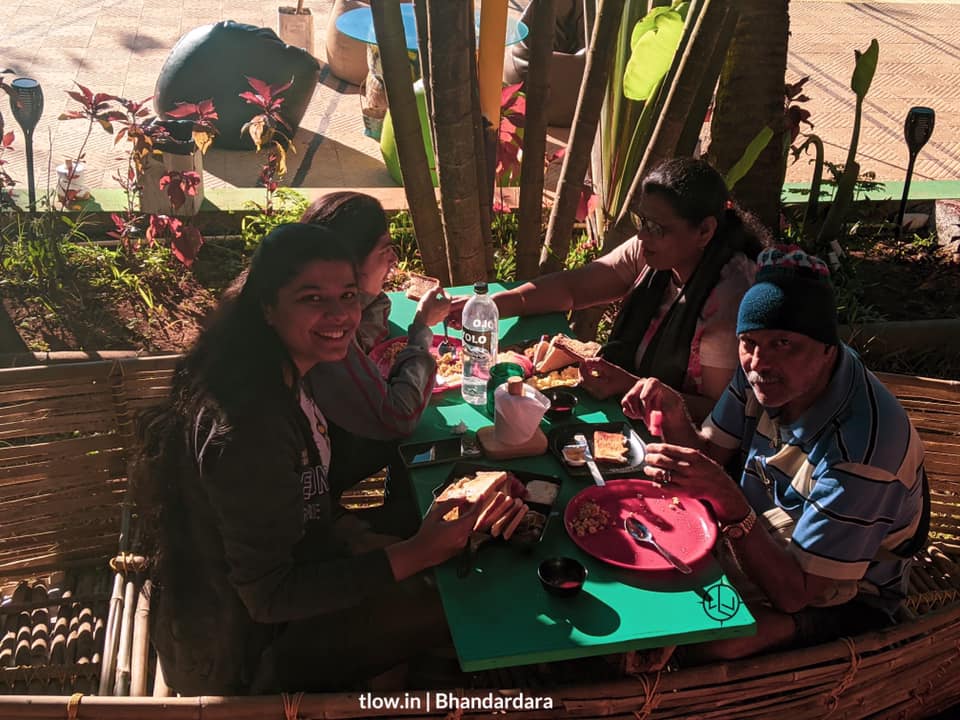
How to plan a family backpacking trip
Backpacking is something that one associates largely with young people and solo travel. Families can also go backpacking which is a great experience. Planning a family backpacking trip requires careful consideration and preparation. Here are some steps to help you plan your adventure:
Table of Contents
1. Choose a suitable destination:
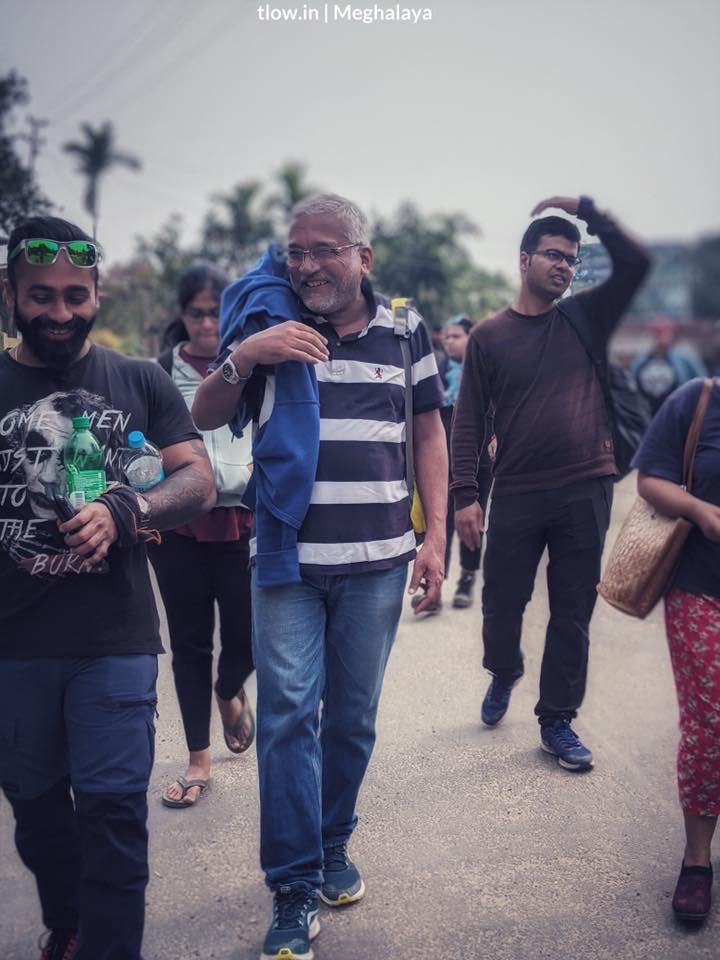
Consider the fitness level and age of your family members when selecting a destination. Ensure it offers a variety of trails and activities suitable for everyone. Make sure the young and old are both catered to.
2. Decide the duration of the trip:
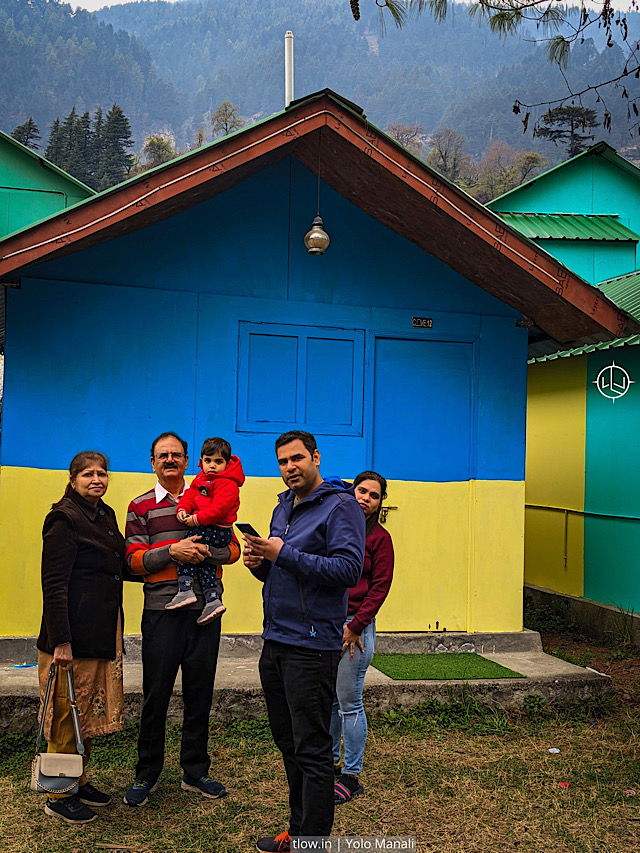
Determine how long you and your family would like to be on the trail. Consider school or work schedules, as well as the comfort level of your family with extended stays in the wilderness.
3. Research and obtain maps:
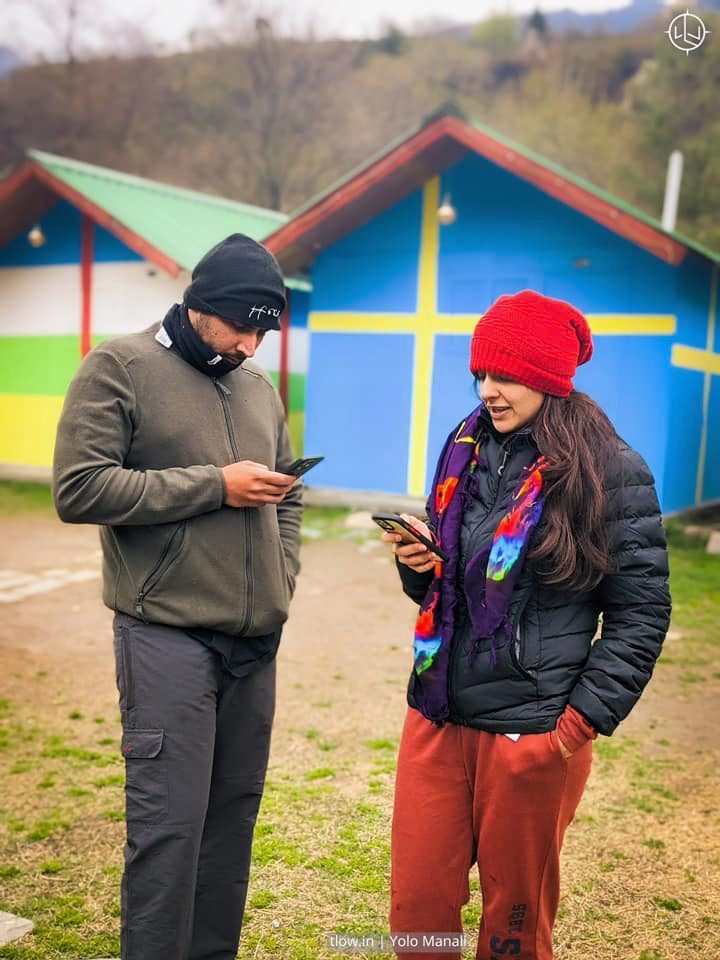
Gather information about the chosen destination, including maps, trail guides, and any permit requirements. Study the terrain, elevation, and difficulty level of the trails to better prepare yourself.
4. Gather essential gear:
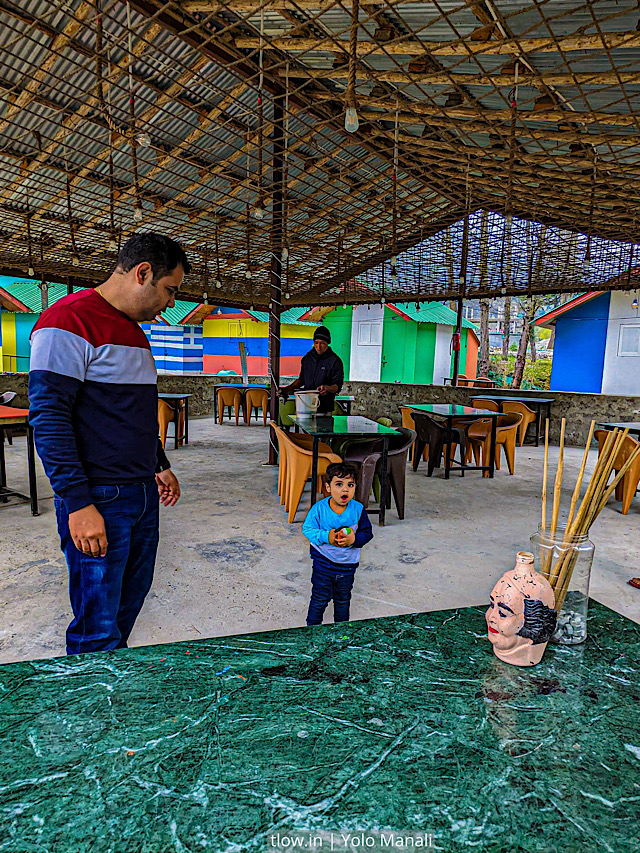
Make a checklist of backpacking essentials such as tents, sleeping bags, sleeping pads, backpacks, cooking gear, clothing layers, and food. Consider the weight and size of the gear, as well as the comfort level it provides.
5. Check weather conditions:
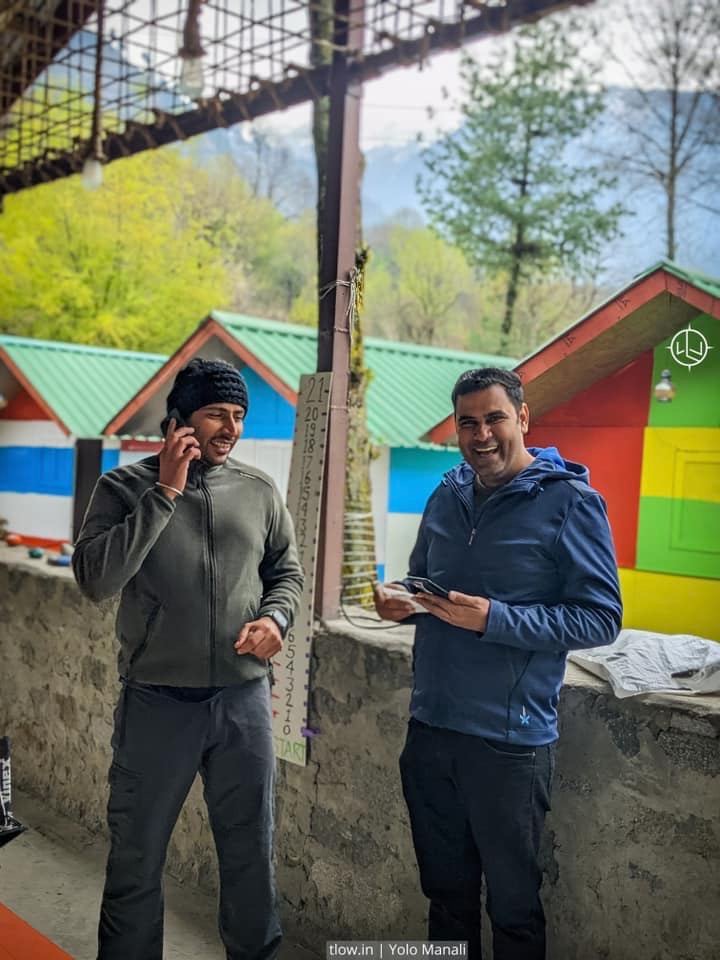
Look up the weather conditions for the specific time of year you plan to go backpacking. This will help you pack the appropriate clothing and gear to ensure everyone stays warm and dry.
6. Plan your itinerary:
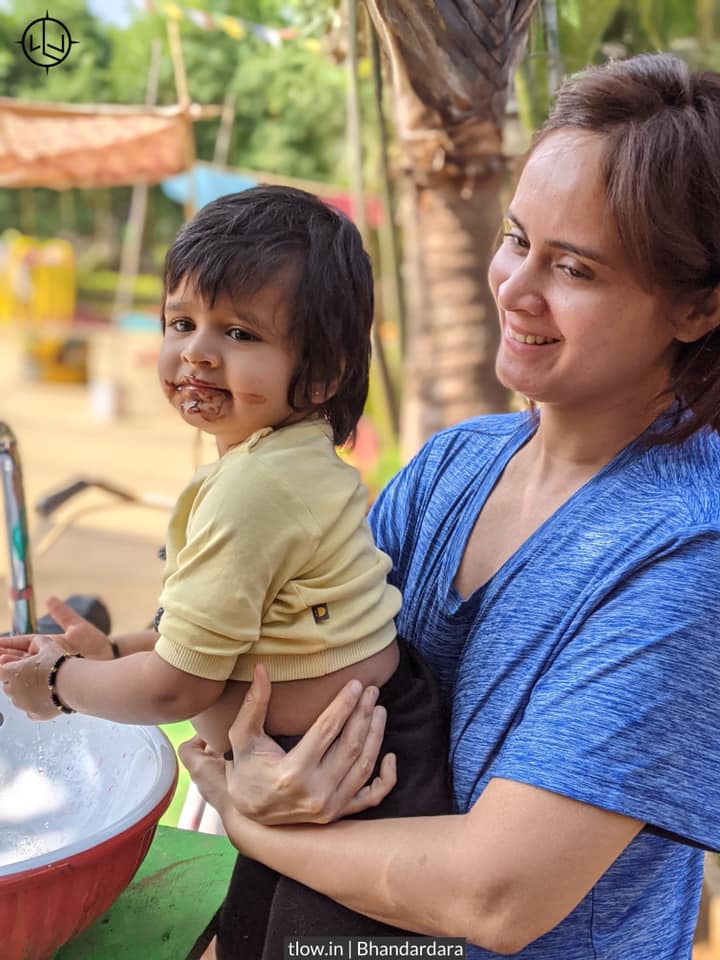
Determine the hiking routes, camping spots, and daily mileage you aim to cover. This will help you estimate how many days you need for each section, where you will camp, and the specific landmarks or points of interest you want to visit.
7. Consider safety measures:
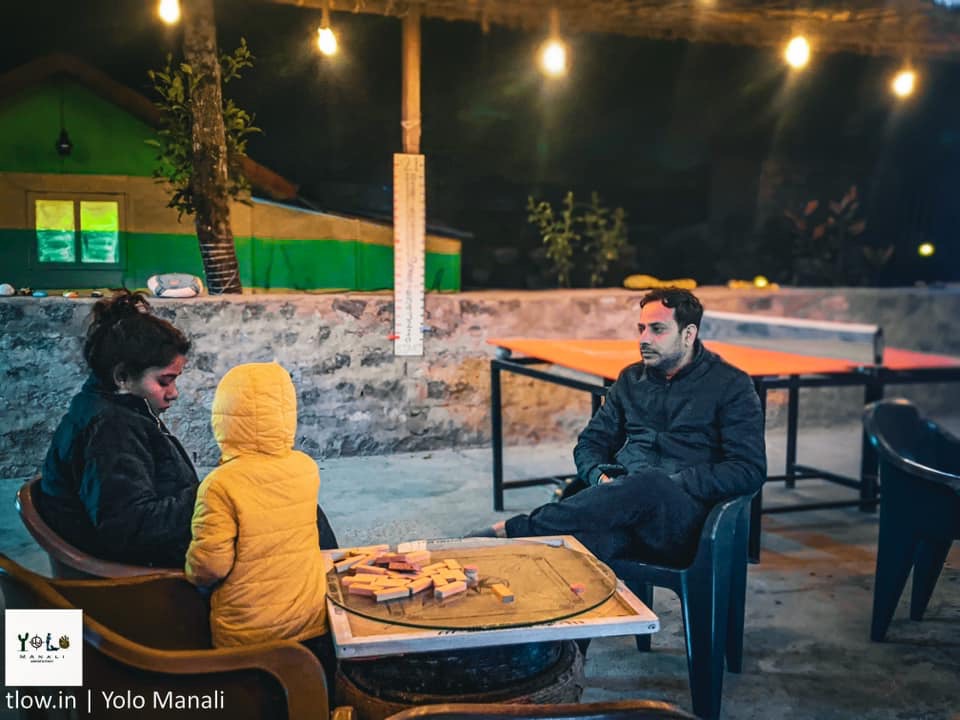
Ensure you have a first aid kit and know basic wilderness first aid. Familiarize yourself with any wildlife or potential hazards in the area, and discuss safety protocols with your family members.
8. Develop a meal plan:

Decide on the meals you will prepare during your trip and make a detailed shopping list. Consider lightweight and non-perishable food options that provide sufficient nutrition for everyone.
9. Prepare physically:
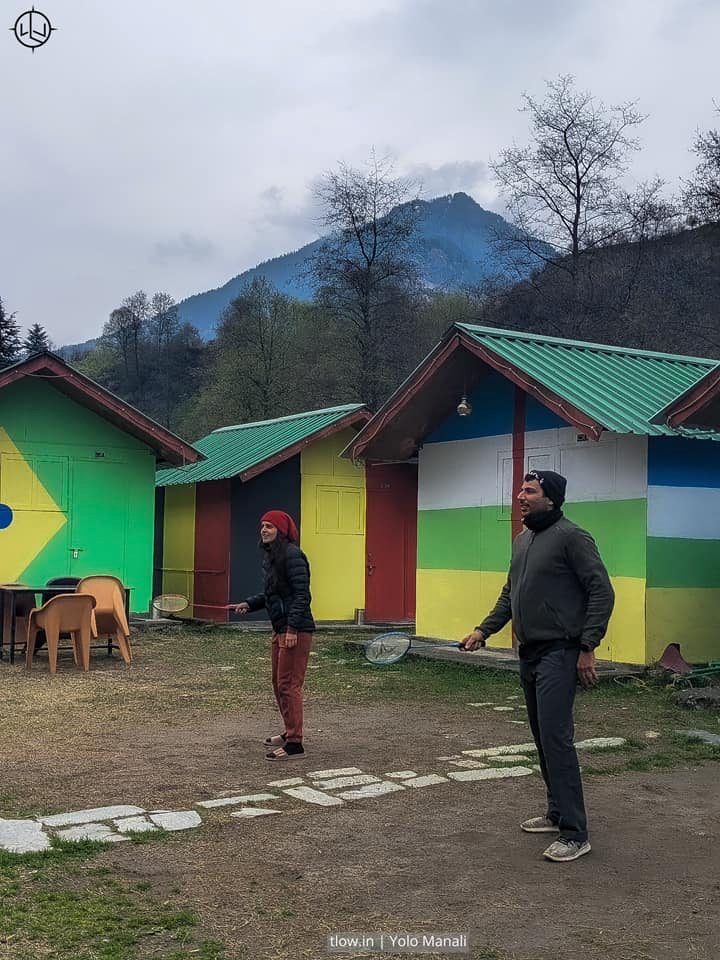
Start conditioning your body by hiking or walking with a loaded backpack before the trip. Involve your family members in building up endurance and strength.
10. Communicate and educate:
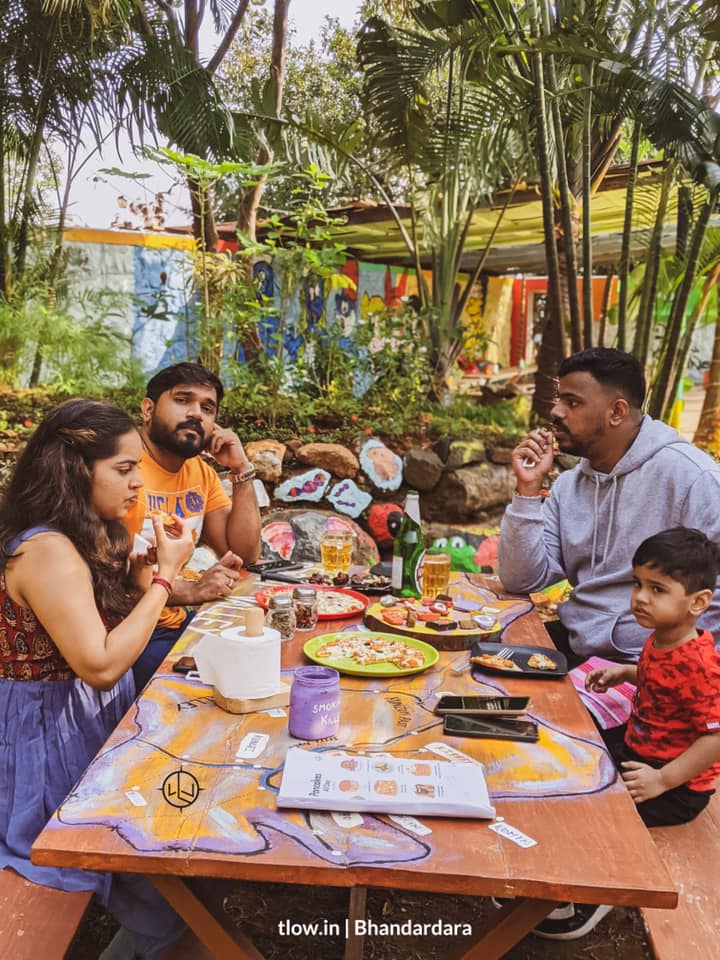
Discuss the trip with your family, explaining the expectations, camping etiquette, and responsibilities of every family member. Teach them about Leave No Trace principles and how to minimize the impact on the environment.
11. Pack and distribute gear:
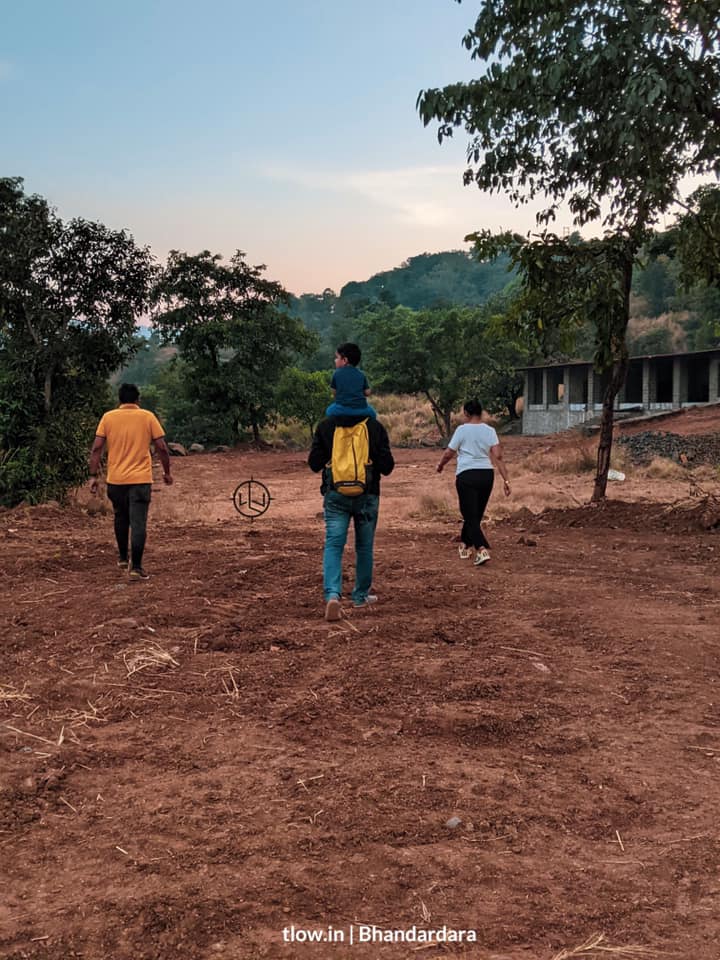
Divide the gear among the family members so that each person carries their own weight. Distribute the load based on the ability and fitness level of each family member.
12. Arrange transportation and accommodations:
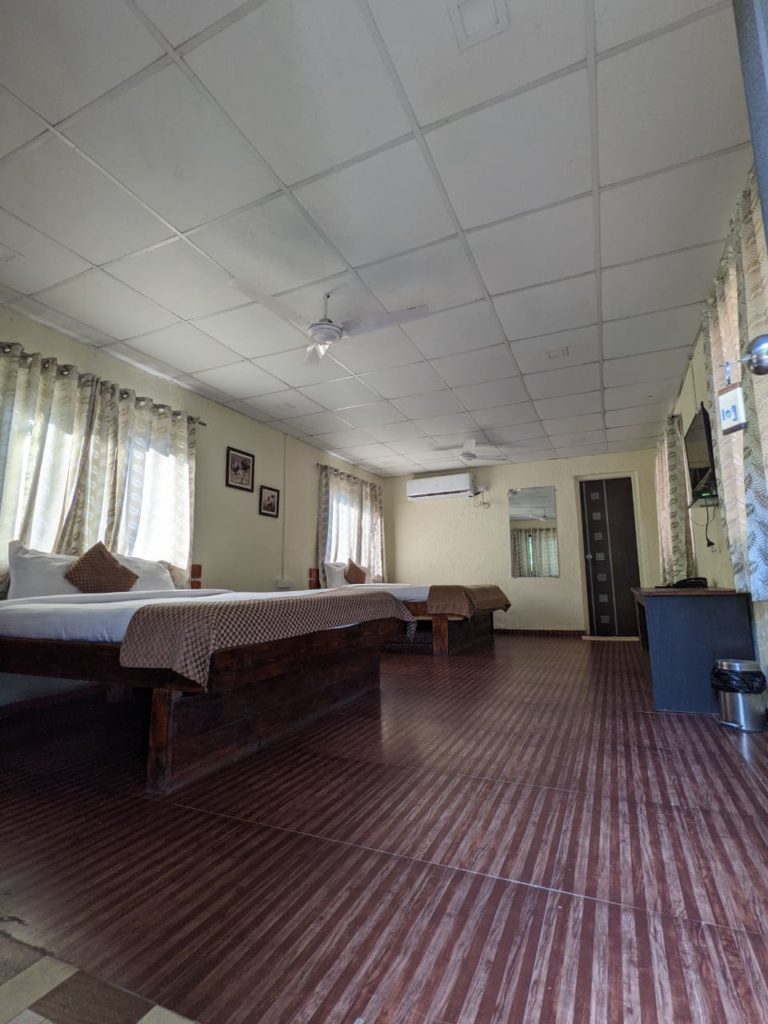
Determine how you will reach the trailhead and where you will stay before and after the trip. Consider camping spots or nearby accommodations for convenience.
13. Inform someone about your plans:

Share your trip itinerary, including start and end dates, with a trusted friend or family member. Provide them with a copy of your trail map and emergency contact information.
Remember, the key to a successful family backpacking trip is proper planning, communication, and ensuring the safety and comfort of every family member.











